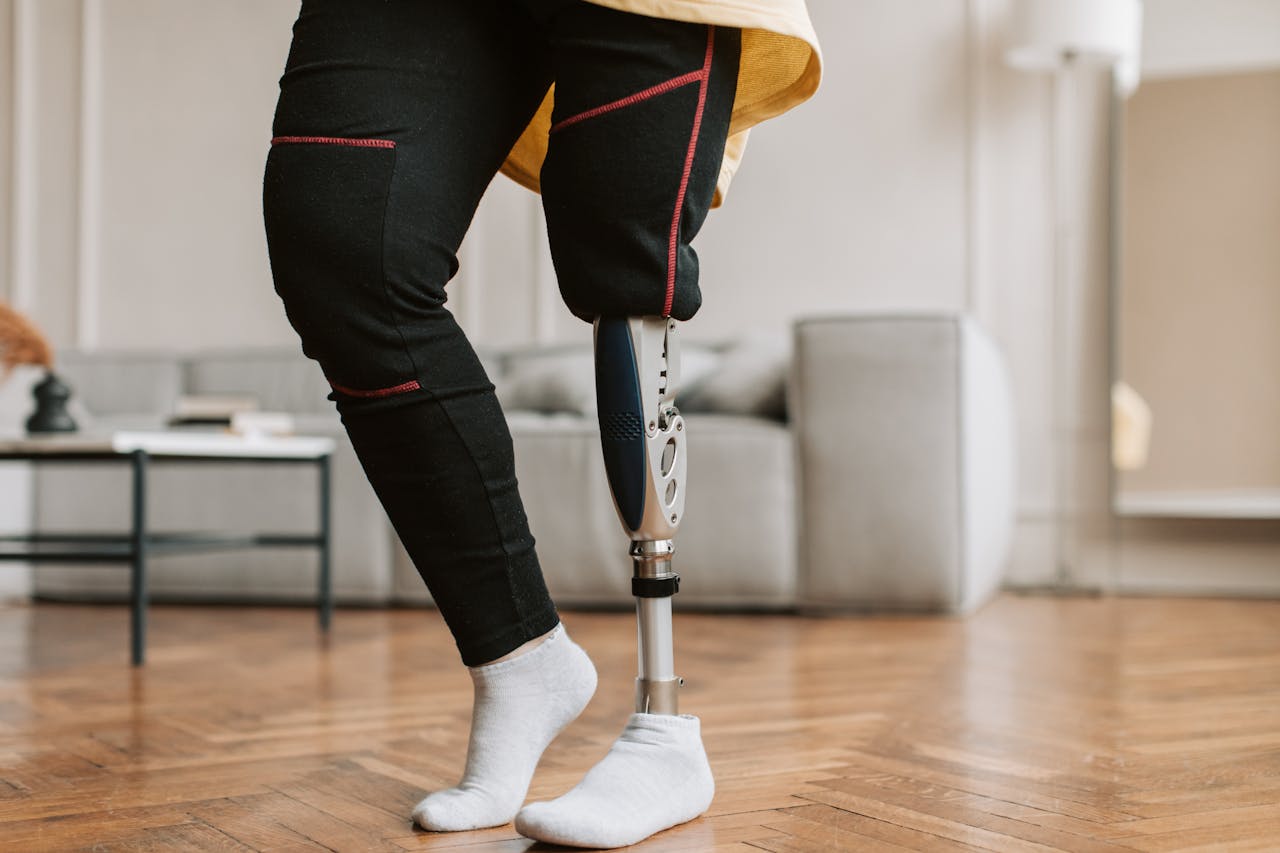The world of prosthetics has seen significant technological strides over the last few decades. But perhaps one of the most inspiring areas of innovation lies in pediatric prosthetics—those made specifically for children. Historically, designing prosthetics for children has posed unique challenges: rapid growth, limited insurance coverage, and the emotional aspects of childhood development all create obstacles. However, recent advancements in child prosthetics are not only overcoming these hurdles but also opening up new possibilities for young lives. From 3D-printed limbs to mind-controlled devices, the future is indeed looking brighter for kids in need of prosthetics.
Understanding the Unique Needs of Child Prosthetics
Unlike adult users, children outgrow their prosthetics just as they do clothing and shoes. This means that a limb designed today may no longer fit in a matter of months. This rapid change calls for cost-effective, easily customizable, and adaptable solutions.
Additionally, prosthetic limbs for children must be more than functional—they need to support a child’s development, independence, and self-esteem. For kids, the prosthetic must also be comfortable and lightweight, enabling them to participate in play and social activities without feeling different or limited.
Given these considerations, recent technological breakthroughs have aimed to provide not only functionality but also affordability and personalization.
3D Printing: A Game-Changer for Pediatric Prosthetics
One of the most impactful innovations in recent years has been 3D printing. Traditional prosthetic limbs can cost thousands of dollars, which is a significant burden for families when replacements are needed every 6 to 12 months. Enter 3D-printed prosthetics—durable, customizable, and significantly cheaper.
Organizations like e-NABLE, a global network of volunteers, use open-source 3D designs to print prosthetic hands for children at a fraction of the cost of traditional limbs. These devices can be tailored to each child’s specific measurements and even customized with colors and themes from favorite superheroes or cartoon characters. This not only improves comfort and functionality but also helps children feel excited and proud of their new limbs.
Bionic Limbs: Merging Tech and Biology
Once the realm of science fiction, bionic limbs are now a reality. These advanced prosthetics use sensors, motors, and microprocessors to mimic the natural movements of a biological limb. Companies like Open Bionics and Össur are at the forefront of creating bionic arms designed specifically for children.
For example, Open Bionics’ Hero Arm is one of the first medically approved 3D-printed bionic arms for kids as young as eight. It uses myoelectric sensors that detect muscle movements in the residual limb, allowing the user to control the arm naturally. The Hero Arm is also customizable with interchangeable covers that make it feel less like a medical device and more like a wearable piece of art.
These bionic limbs are not only helping children perform everyday tasks with ease but also boosting confidence, allowing them to take on challenges they previously avoided.
Mind-Controlled Prosthetics: The Future Is Here
Perhaps the most exciting development in prosthetic technology is the rise of mind-controlled limbs. Using brain-computer interfaces (BCIs), researchers are creating prosthetics that can interpret neural signals and respond in real-time. Although still in the early stages, this technology is showing promise for children as well.
In one groundbreaking project at the University of Utah, researchers have developed a system that enables users to move a prosthetic limb just by thinking about it. While most of this work is currently aimed at adults, pediatric applications are being explored. As the technology becomes more accessible and less invasive, it is expected to revolutionize how children interact with their prosthetics.
Soft Robotics and Sensory Feedback
Another area of exciting progress is in soft robotics and sensory feedback. Traditional prosthetic limbs can feel stiff and unnatural, which limits their usability. Newer models incorporate soft robotic materials that move more fluidly and naturally. These are especially useful for younger children, whose motor skills are still developing.
Sensory feedback is another critical component. New designs are being developed to include haptic feedback systems, which allow users to “feel” pressure or texture through their prosthetic. This not only improves control but also enhances the user’s connection with the prosthetic, making it feel more like a real part of their body.
Making Prosthetics More Accessible
Technological breakthroughs mean little if they aren’t accessible. Fortunately, recent years have seen a rise in efforts to make prosthetics more affordable and widely available to children around the world.
Nonprofit organizations, universities, and tech companies are increasingly partnering to deliver low-cost prosthetic solutions. For instance, MIT’s Global Engineering and Research (GEAR) Lab is working on developing affordable pediatric prosthetic knees that can be distributed globally, especially in underserved communities.
Additionally, efforts to include prosthetics in public healthcare systems, insurance plans, and charitable funding initiatives are helping ease the financial burden on families.
The Emotional Impact: Beyond the Mechanics
While the technological side of pediatric prosthetics is fascinating, the emotional and psychological impact is equally important. A child’s self-image is closely tied to how they perceive themselves in relation to their peers. Modern prosthetics that are colorful, cool-looking, and customizable allow children to take pride in their differences.
Many young users have become ambassadors and advocates, sharing their stories and inspiring others. Social media has played a key role in this, helping children connect with others who have similar experiences and forming supportive communities.
The Road Ahead
The field of pediatric prosthetics is evolving rapidly, with technology making limbs smarter, lighter, more adaptable, and emotionally engaging. As costs come down and accessibility increases, more children across the globe will have the opportunity to live active, confident lives.
Still, there is work to be done. Regulatory approvals, insurance coverage, and long-term support systems remain barriers that must be addressed. But with growing awareness, ongoing research, and the unstoppable spirit of innovation, the outlook for children in need of prosthetics is more promising than ever.
Conclusion
From 3D-printed limbs to mind-controlled prosthetics, technology is transforming what it means to live with limb loss or difference as a child. These advancements are not only about restoring physical capabilities—they’re about giving children the freedom to run, play, create, and dream just like anyone else. With each breakthrough, the future becomes a little brighter and a lot more hopeful for kids everywhere.



